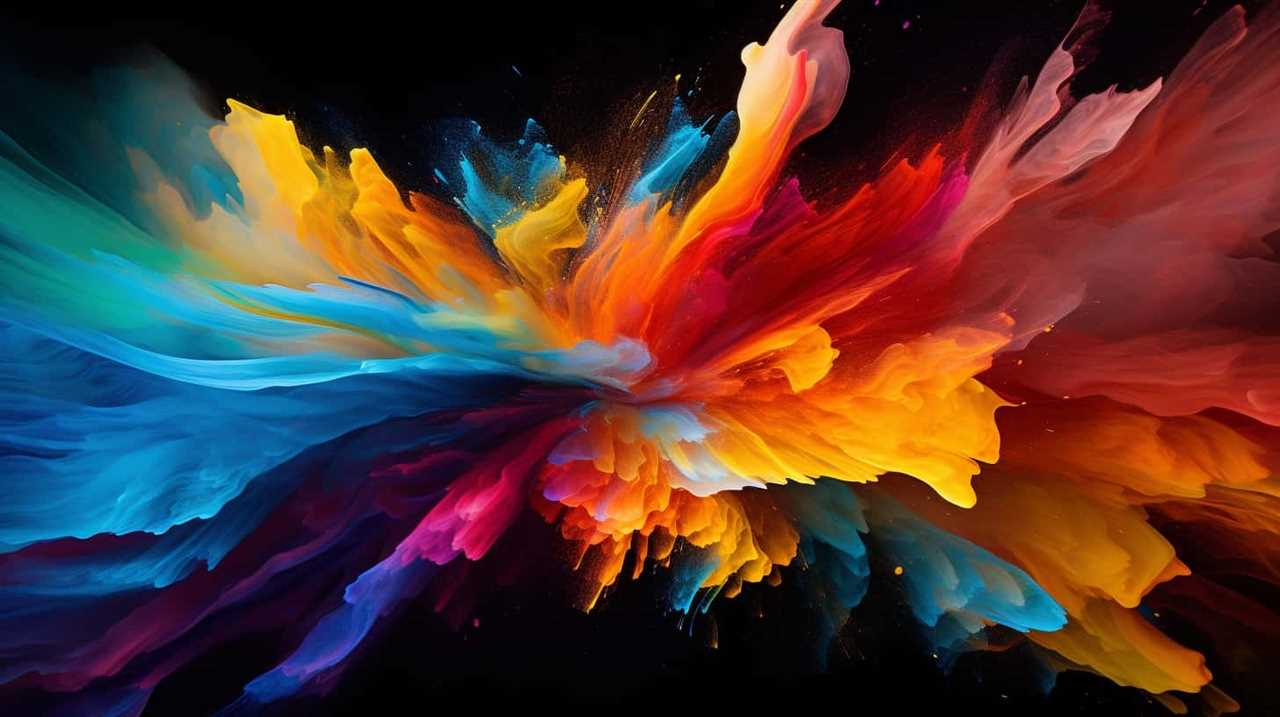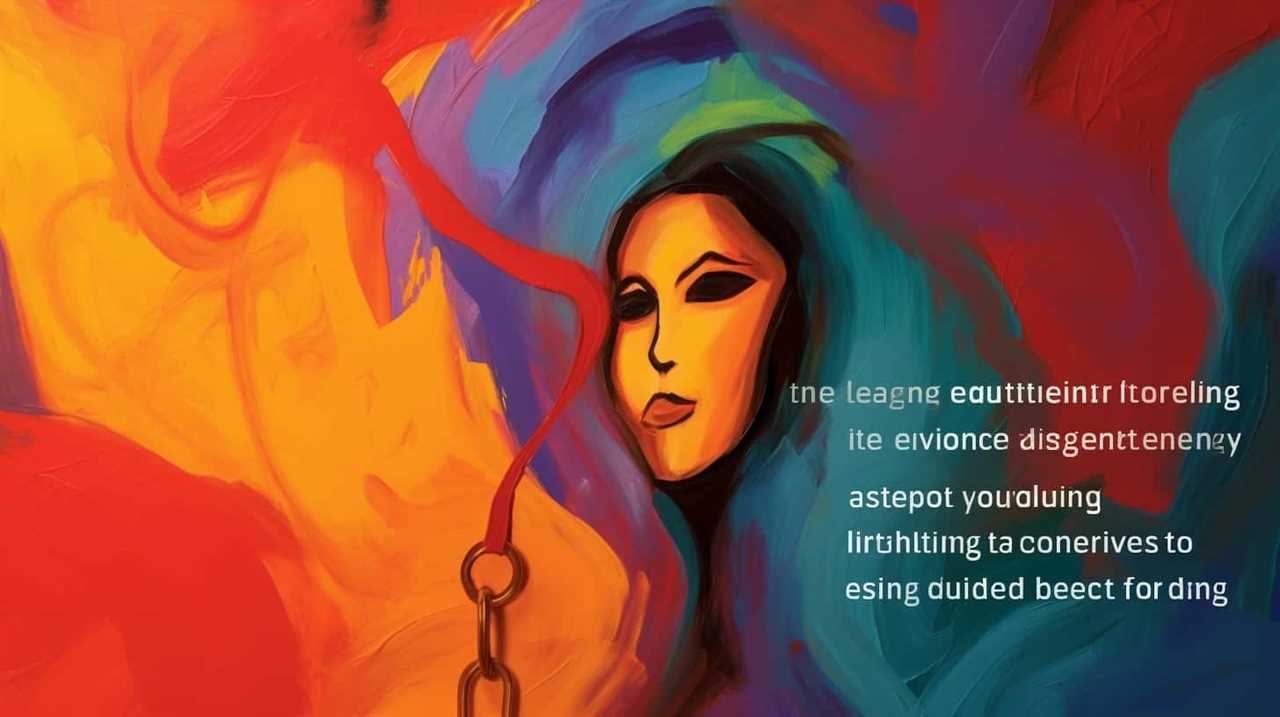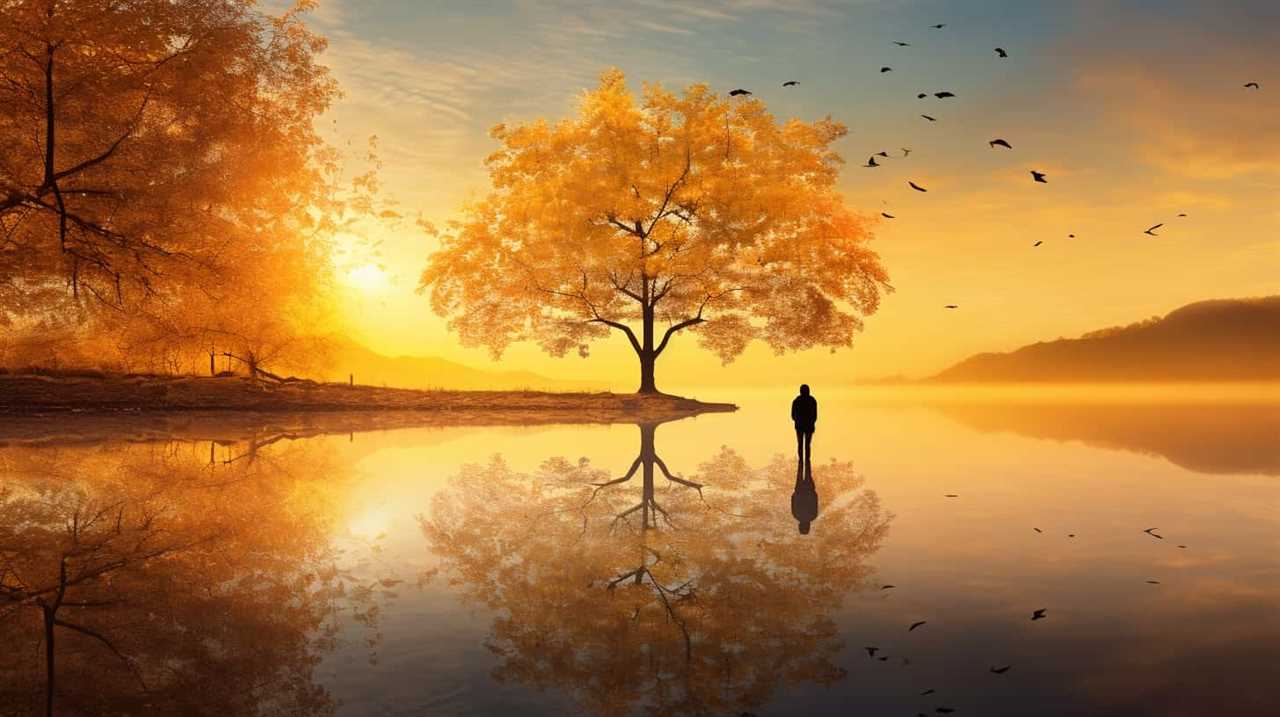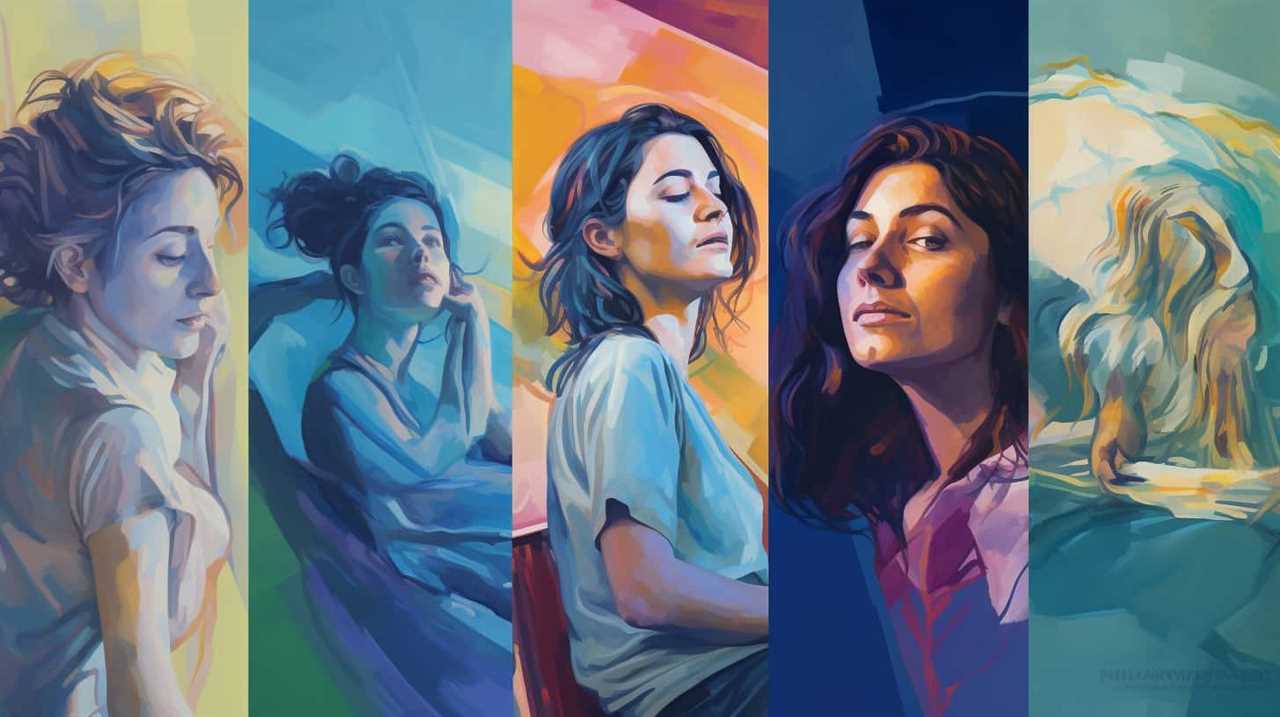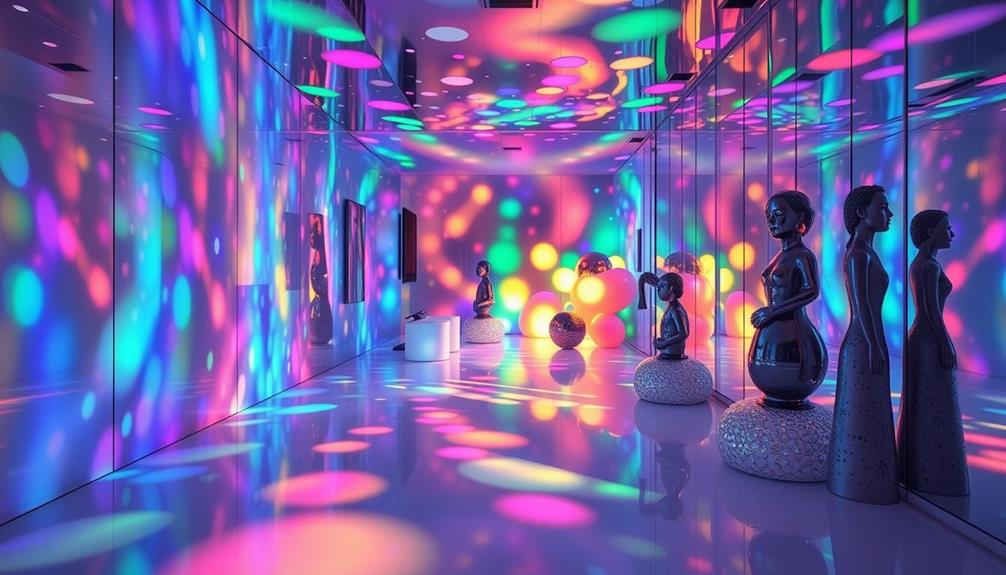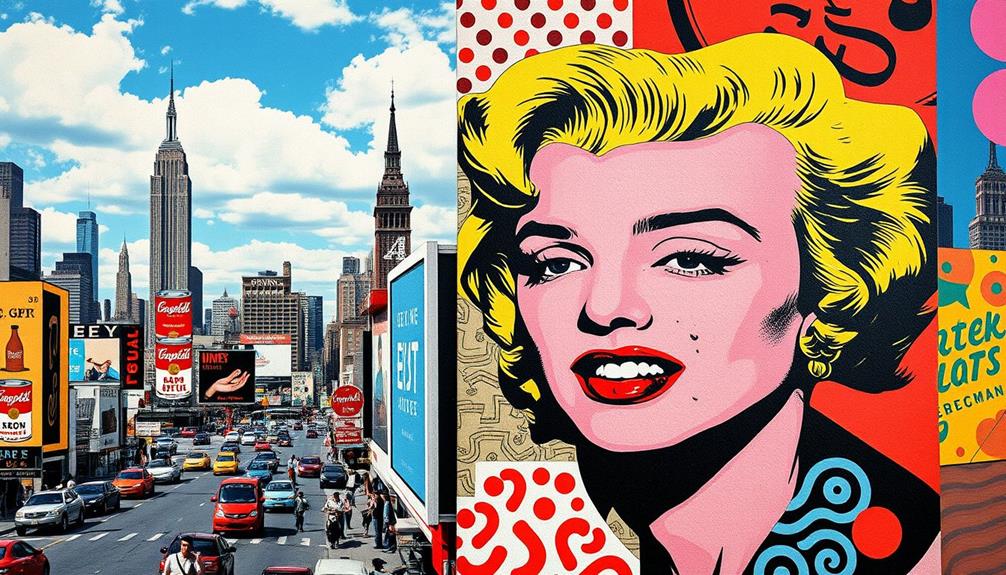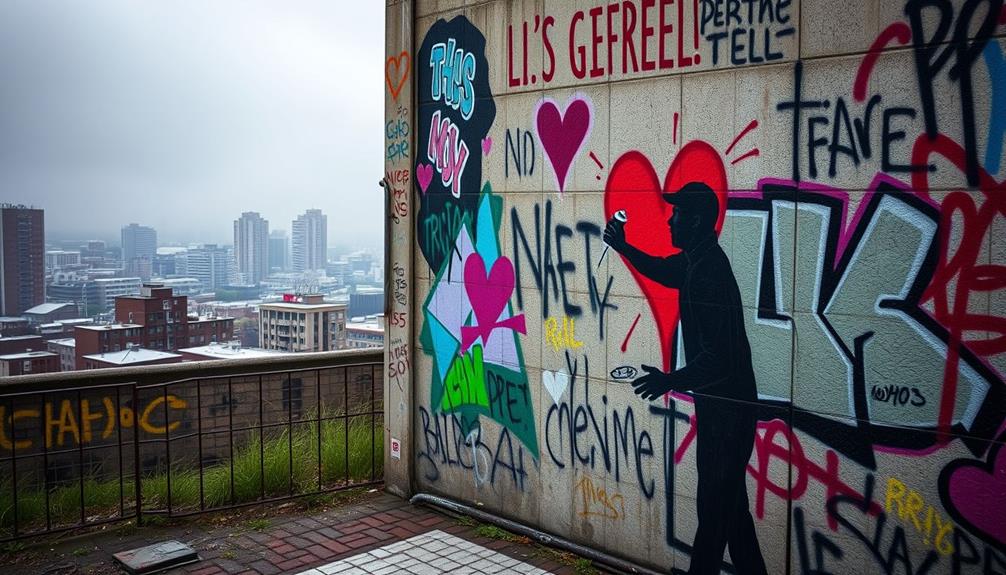Have you ever thought about why galleries are so open to commercializing art? Let me give you an example.
Imagine a small, independent gallery struggling to stay afloat amidst rising costs and competition. They decide to embrace art commercialization by partnering with local businesses and hosting sponsored exhibitions. Through this strategic move, they not only secure financial support but also attract a wider audience to appreciate and purchase art.
This example highlights the importance of art commercialization for galleries in today’s world.
As we delve deeper, we will explore the perspectives of gallery owners, the impact on artistic expression, and the ethical considerations surrounding this practice.
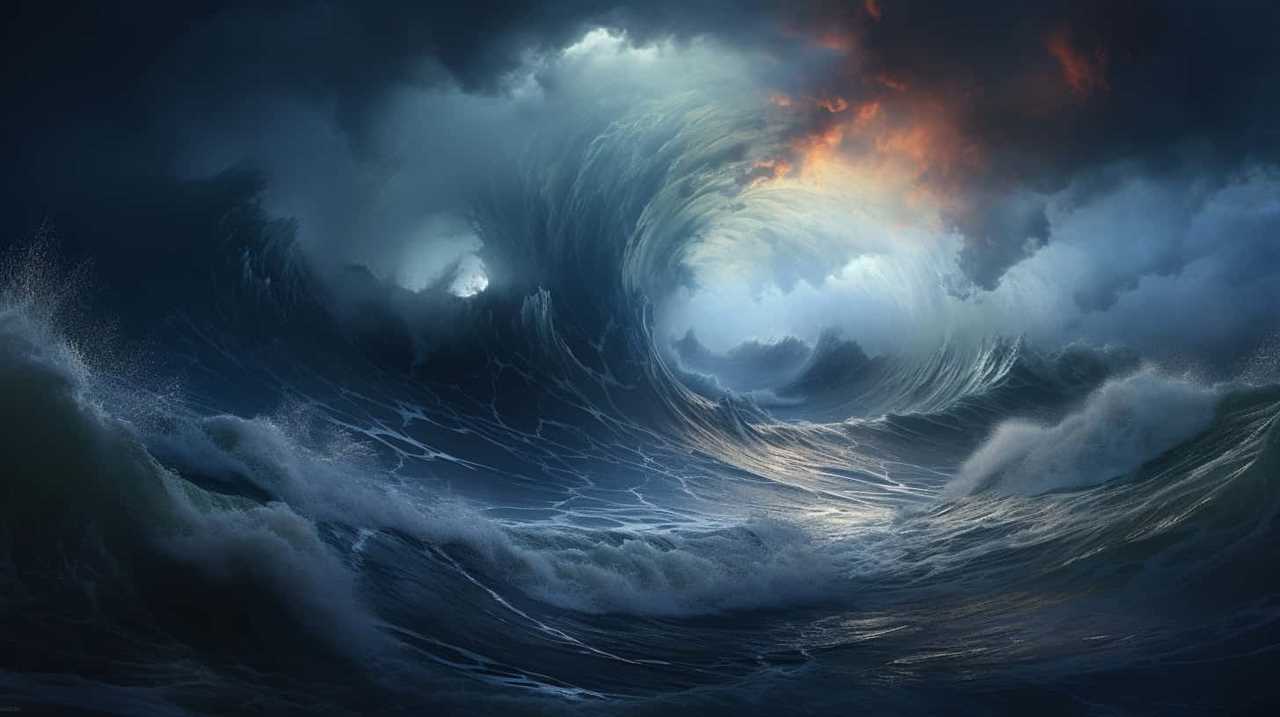
Join us on this journey to understand why galleries embrace art commercialization and how it affects the art world.
Key Takeaways
- Art commercialization is essential for the financial sustainability of galleries and supports artists.
- Effective pricing strategies, marketing efforts, and collaborations are crucial for successful art commercialization.
- Increasing visibility and promotion through social media, newsletters, and partnerships is important in reaching a wider audience.
- Art commercialization can have both positive and negative impacts on artistic expression, including increased exposure and financial stability, but also pressure to conform and limited artistic freedom.
The Importance of Art Commercialization
We believe that art commercialization plays a significant role in galleries’ ability to support artists and sustain their operations. The empowerment of artists and the promotion of creative entrepreneurship are crucial aspects of this process. Through art commercialization, galleries provide artists with the opportunity to showcase their work and reach a wider audience, ultimately allowing them to establish themselves as professionals in the art world. By selling artworks, galleries generate revenue that can be reinvested in supporting artists, funding exhibitions, and maintaining gallery spaces.
Art commercialization also enables galleries to engage in creative entrepreneurship. By actively promoting and selling artworks, galleries become key players in the art market, connecting artists with collectors and buyers. This not only provides financial stability for both the gallery and the artists it represents but also fosters a sense of collaboration and partnership between the two parties. Galleries act as intermediaries, negotiating the sale of artworks and ensuring that artists receive fair compensation for their work.
Furthermore, art commercialization allows galleries to curate diverse and dynamic exhibitions that appeal to a wide range of audiences. By showcasing a variety of artists and artistic styles, galleries create a platform for dialogue and exchange, encouraging artistic innovation and exploration. This not only benefits the artists themselves but also enriches the cultural landscape and promotes artistic freedom.
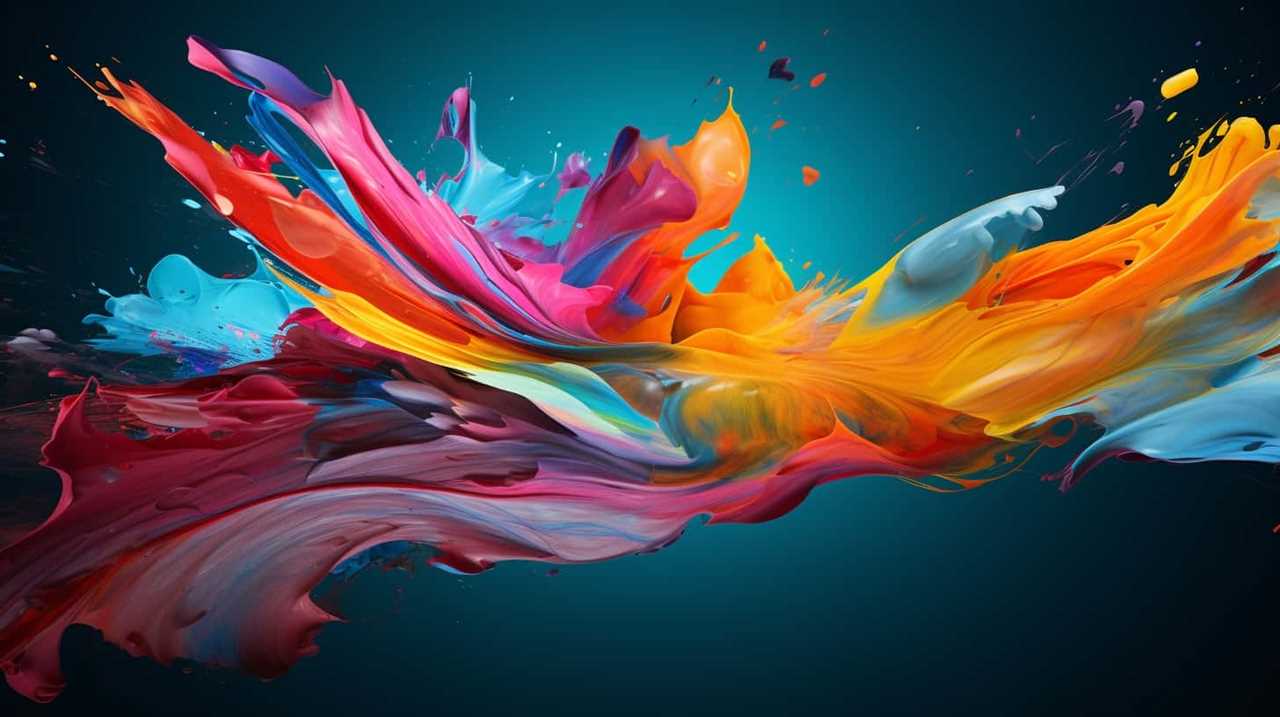
Gallery Owners’ Perspectives on Commercialization
Gallery owners have varied perspectives on art commercialization and its role in their business. As the art market continues to evolve and adapt to changing trends, gallery owners face numerous challenges in navigating the commercialization of art. One of the main challenges is balancing the desire to promote and sell artwork with maintaining the integrity and artistic value of the pieces.
Gallery owners understand that art commercialization is necessary for their business to thrive and remain financially viable. However, they also recognize the importance of preserving the authenticity and uniqueness of the artworks they represent.
Art market trends play a significant role in shaping gallery owners’ perspectives on commercialization. With the rise of online platforms and digital marketing, gallery owners have had to adapt their strategies to reach a wider audience and compete with other sellers. Many gallery owners see art commercialization as an opportunity to expand their reach and connect with potential buyers from around the world. They view it as a way to not only increase sales but also to promote artists and their work on a global scale.
In the next section, we’ll explore strategies for successful art commercialization, taking into account the perspectives and challenges faced by gallery owners.

Strategies for Successful Art Commercialization
When it comes to successful art commercialization, there are several key strategies that galleries can employ.
First and foremost, pricing and profitability play a crucial role. It’s essential for galleries to carefully determine the value of the artwork and set prices that ensure both profit for the gallery and perceived value for the buyers.
Additionally, effective marketing and promotion are vital in reaching and engaging potential buyers. This includes utilizing various channels such as social media, online platforms, and targeted advertising campaigns.
Lastly, identifying and understanding the target audience is fundamental for tailoring marketing efforts and creating a connection between the artwork and the buyers.
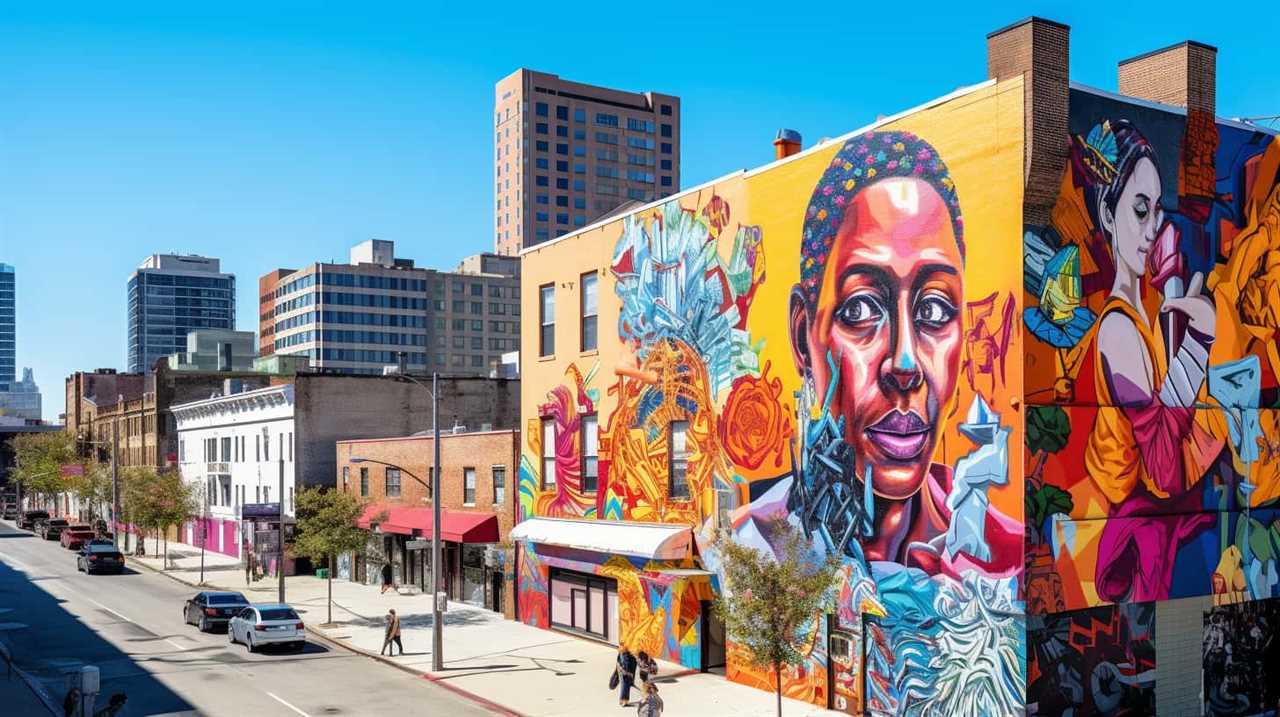
Pricing and Profitability
In our pursuit of successful art commercialization, we rely on strategic pricing and profitability strategies. To ensure the viability of our business model, we employ the following pricing strategies:
- Market-driven pricing: We analyze market demand and adjust our prices accordingly. By understanding what buyers are willing to pay, we can maximize our profitability while remaining competitive in the market.
- Tiered pricing: We offer different pricing tiers based on factors such as the artist’s reputation, the artwork’s uniqueness, and the demand for the piece. This allows us to cater to a wide range of buyers and capture different segments of the market.
- Limited editions: By creating limited edition prints or multiples of an artwork, we can increase its perceived value and command higher prices. This scarcity factor appeals to collectors and investors.
- Strategic discounting: We strategically offer discounts during certain periods or to specific buyer segments to stimulate sales and attract new customers.
By implementing these pricing strategies, we aim to strike a balance between profitability and accessibility, ensuring that both artists and buyers benefit from our commercialization efforts.
As we delve into the subsequent section on marketing and promotion, we’ll explore how these pricing strategies intersect with our overall business strategies.
Marketing and Promotion
To effectively promote and market art for successful commercialization, we rely on targeted advertising strategies. Implementing these strategies is crucial in promoting art sales and reaching a broader audience. Let’s take a closer look at some effective art commercialization strategies:
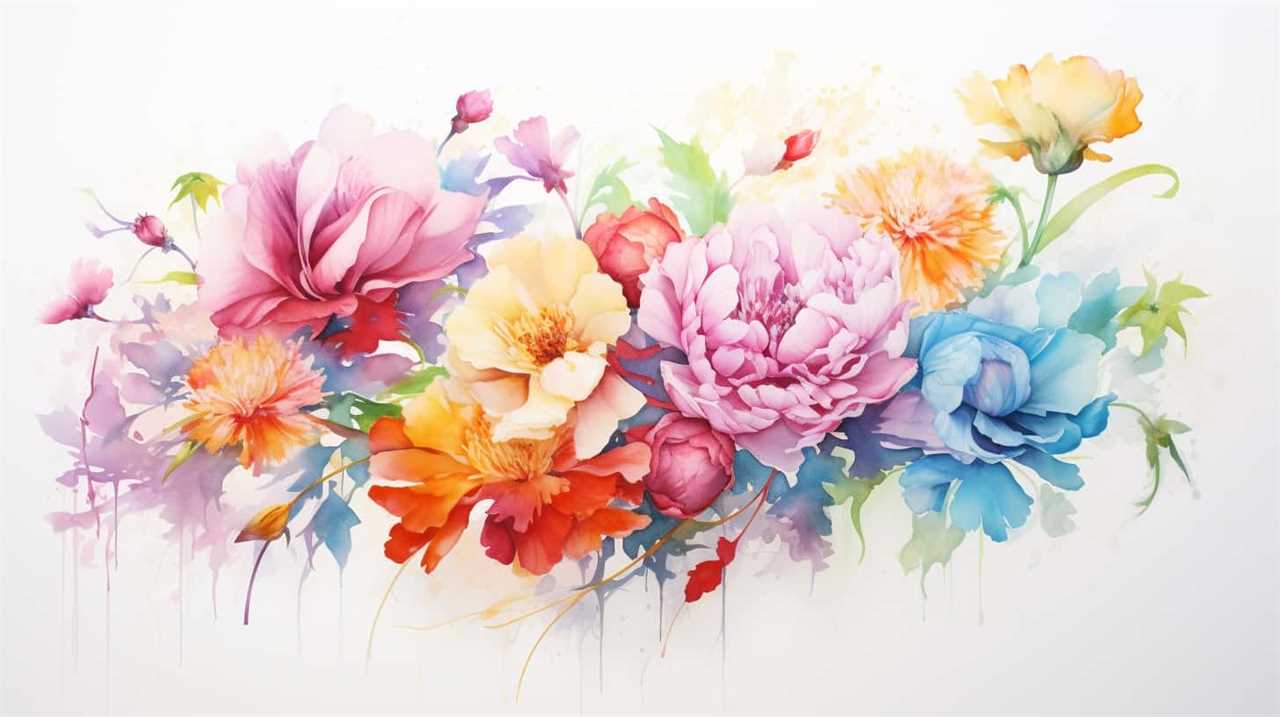
| Strategy | Description | Example |
|---|---|---|
| Social Media | Utilize various social media platforms to showcase artwork, engage with followers, and drive sales. | Instagram: Share high-quality images of artwork with relevant hashtags to increase visibility. |
| Email Marketing | Send regular newsletters and updates to a curated list of subscribers, highlighting new artwork, exhibitions, and promotions. | Monthly newsletter: Feature upcoming events, exclusive discounts, and artist spotlights. |
| Collaborations | Partner with other businesses, influencers, or artists to cross-promote and expand reach. | Collaboration with a local coffee shop: Display artwork and offer promotional materials at the shop. |
Target Audience Identification
As galleries embrace art commercialization, we prioritize the identification of our target audience to ensure successful strategies. Understanding our target audience is crucial for effective marketing and promotion of artworks. To achieve this, we employ various market research techniques to gain insights into the preferences, interests, and demographics of our potential buyers.
Here are four key strategies we employ in identifying our target audience:
- Conducting surveys and questionnaires to gather data on preferences and purchasing behavior.
- Analyzing customer feedback and reviews to understand their needs and expectations.
- Utilizing social media analytics to identify trends and patterns in audience engagement.
- Collaborating with art critics and experts to gain insights into the preferences of art enthusiasts.
By understanding our target audience, we can tailor our marketing efforts to reach the right people and increase the chances of successful art commercialization.
With this knowledge, we can now explore the impact of commercialization on artistic expression.
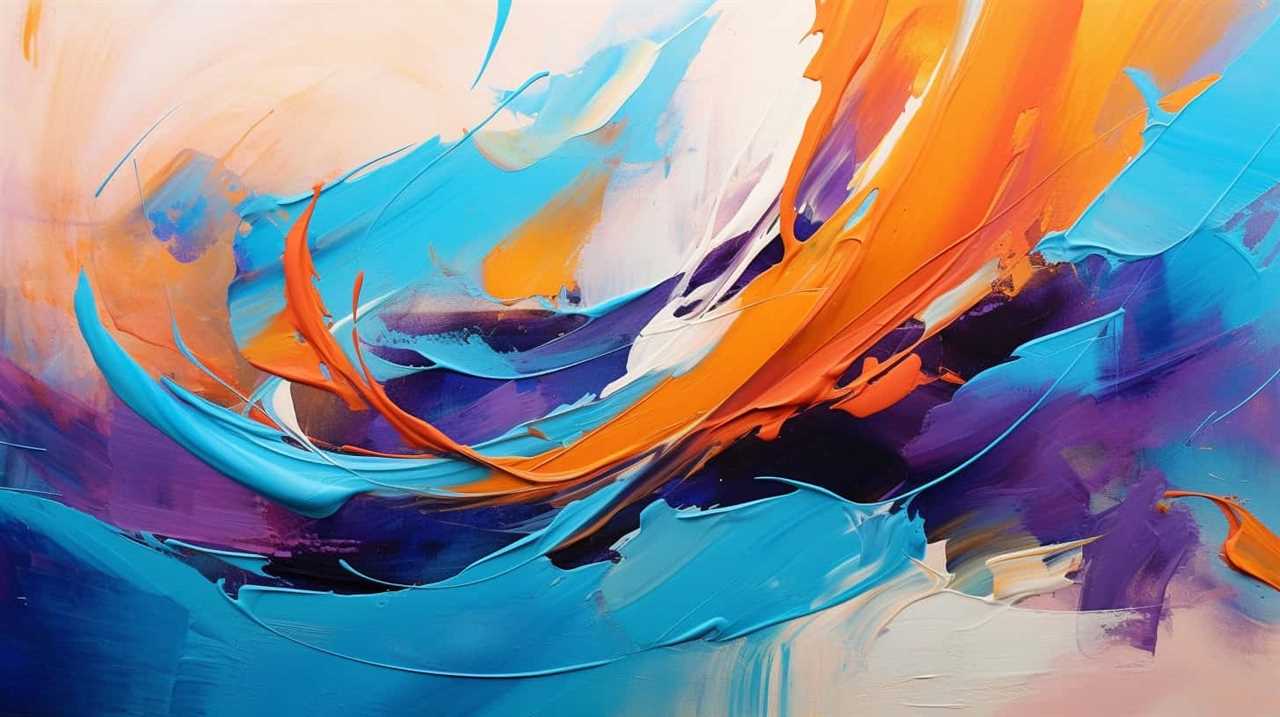
Impact of Commercialization on Artistic Expression
Through the process of commercialization, our artistic expression has been shaped and influenced over time. The impact of commercialization on creativity and the commodification of art has been a topic of debate among artists and scholars. On one hand, commercialization has provided artists with opportunities to reach a wider audience and gain financial stability. On the other hand, it has also led to the commodification of art, where the artistic value is often overshadowed by its commercial value.
| Impact of Commercialization on Artistic Expression | |
|---|---|
| Positive Impact | Negative Impact |
| Increased exposure and accessibility | Pressure to conform to market demands |
| Financial stability for artists | Artistic integrity compromised for commercial gain |
| Opportunities for collaboration and networking | Art reduced to a commodity |
| Innovation in art forms and techniques | Limited artistic freedom |
| Diversification of artistic styles and genres | Repetition and imitation of successful formulas |
While commercialization has undoubtedly opened doors for artists, it is crucial to strike a balance between artistic integrity and commercial viability. Artists must navigate the fine line between creating art that resonates with their audience and maintaining their artistic vision. By considering both the artistic and commercial aspects of their work, artists can create meaningful and impactful art while also ensuring its marketability.
In the next section, we will delve deeper into the challenges artists face in balancing artistic integrity and commercial viability.
Balancing Artistic Integrity and Commercial Viability
Finding a balance between maintaining our artistic integrity and achieving commercial viability is a constant challenge for artists and galleries alike.
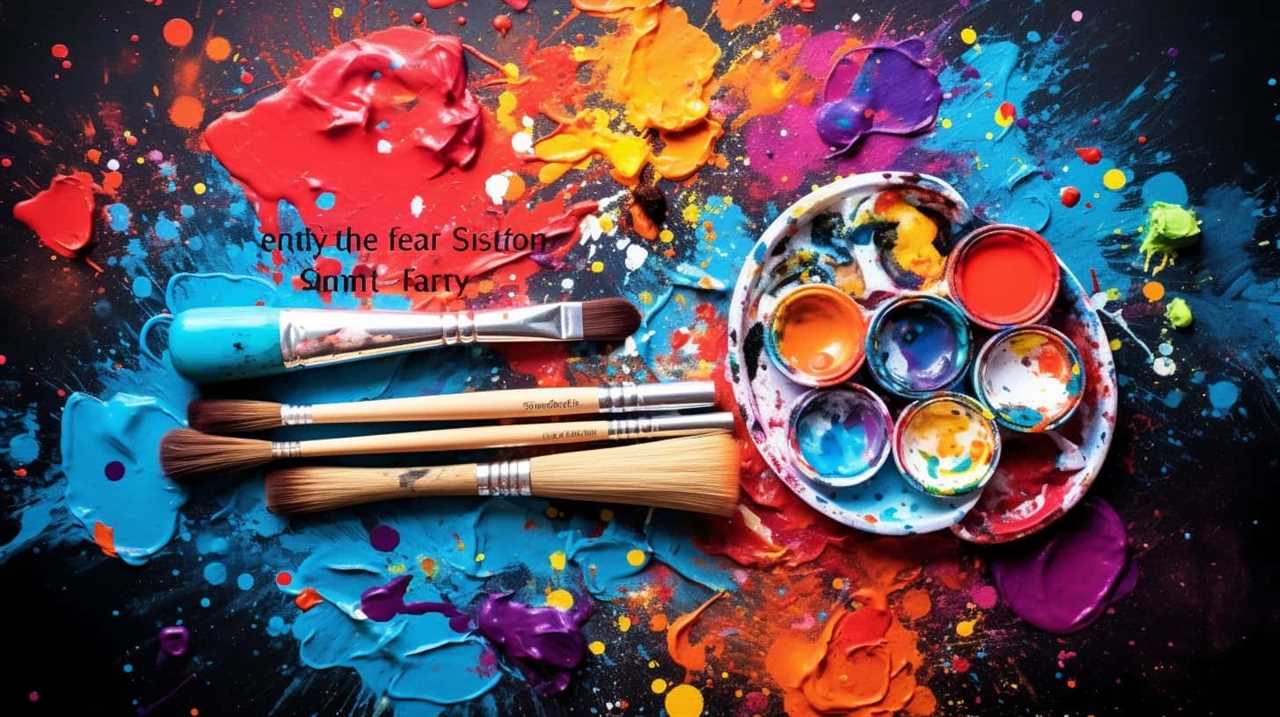
In today’s art world, where the market plays a significant role, it’s crucial to strike a balance that allows artists to maintain their creative freedom while also monetizing their artistic talents.
Here are four key considerations in achieving this delicate equilibrium:
- Artistic vision and commercial appeal: Artists must find ways to express their unique artistic vision while also creating work that resonates with a wider audience. Balancing personal expression with commercial appeal can help artists maintain their integrity while increasing their chances of commercial success.
- Strategic partnerships: Collaborating with galleries, curators, and agents who understand an artist’s vision can be instrumental in achieving both artistic and commercial goals. These partnerships can provide artists with the necessary support and guidance to navigate the art market while preserving their creative freedom.
- Diversification of income streams: Relying solely on the sale of artwork may limit an artist’s creative freedom. Exploring alternative revenue streams, such as licensing, commissions, or collaborations, can provide artists with financial stability while allowing them to pursue more experimental or unconventional projects.
- Building a strong brand: Developing a strong personal brand can help artists maintain their artistic integrity while also increasing their commercial viability. By cultivating a distinct identity and engaging with their audience, artists can create a loyal following that supports their artistic endeavors.
Finding the right balance between artistic integrity and commercial viability is an ongoing process that requires constant adaptation and a deep understanding of the art market. By considering these factors, artists and galleries can navigate the complex landscape of art commercialization while staying true to their artistic vision.
Transition: Now that we’ve explored the challenges of balancing artistic integrity and commercial viability, let’s delve into the current trends in art commercialization in the contemporary market.
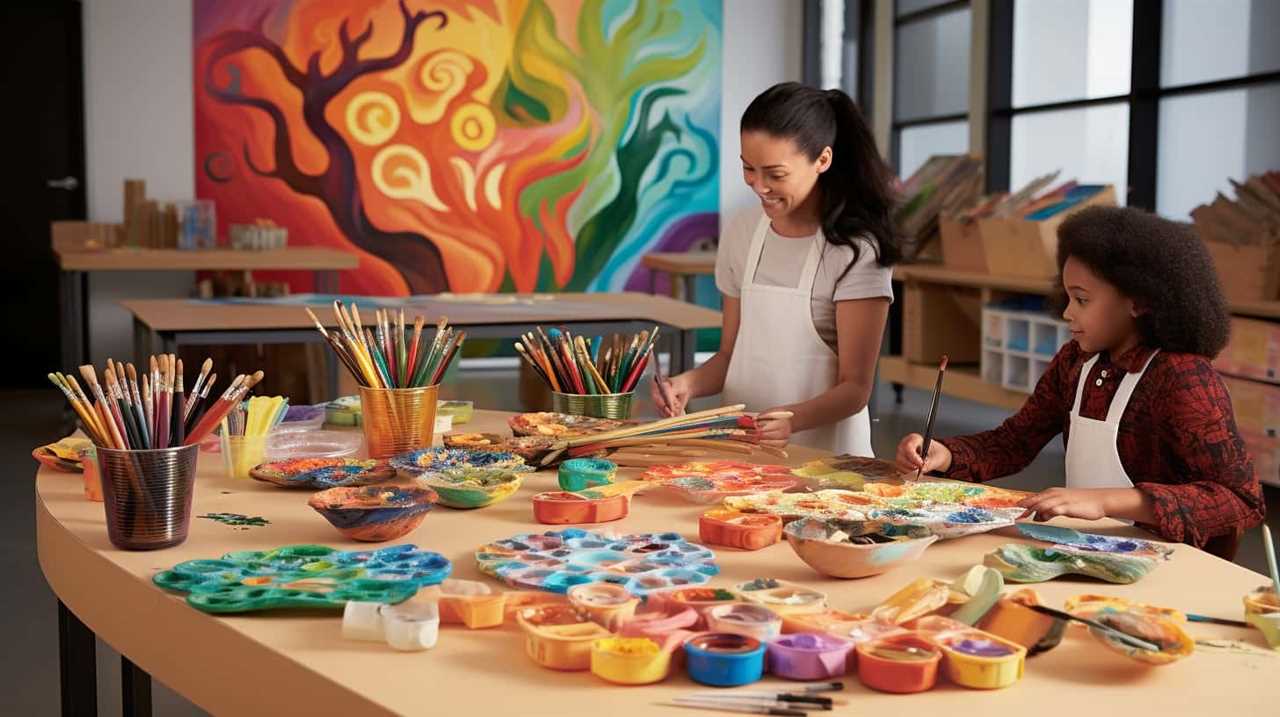
Trends in Art Commercialization in the Contemporary Market
In our exploration of the contemporary art market, we’ve observed a growing trend of galleries embracing art commercialization to a significant extent. This trend can be attributed to the emergence of new markets and the increasing use of digital platforms.
One key factor driving this trend is the expansion of emerging markets. As the global art market becomes more interconnected, galleries are seeking new opportunities in regions that were previously overlooked. These emerging markets offer a fresh customer base and present the potential for increased sales and exposure.
Furthermore, the rise of digital platforms has revolutionized the way art is bought and sold. Online marketplaces and social media platforms provide galleries with a wider reach and the ability to connect with a global audience. This has opened up new avenues for sales and marketing, allowing galleries to showcase their artists and artworks to potential buyers around the world.
Art Commercialization as a Tool for Cultural Exchange
Art commercialization serves as a powerful tool for cultural exchange on a global scale. Through the buying and selling of art, different cultures are able to connect, interact, and share their unique artistic expressions.
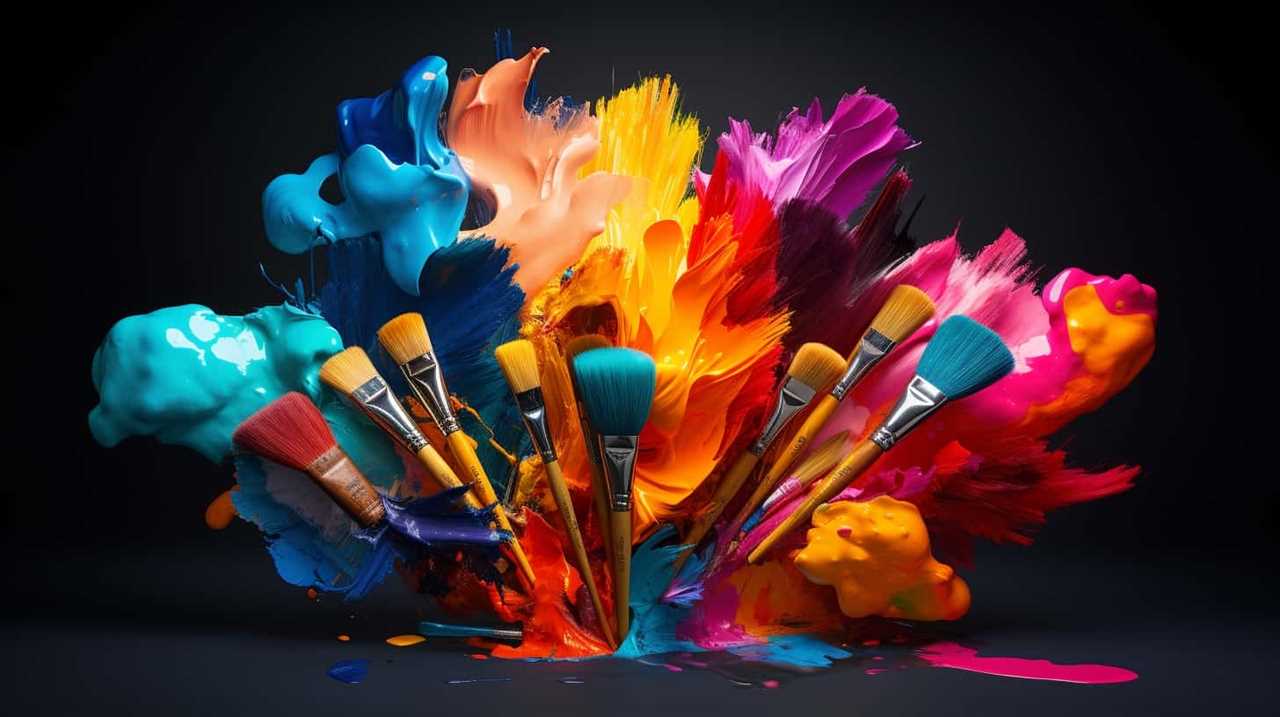
This exchange not only fosters a deeper understanding and appreciation of diverse cultural perspectives, but it also contributes to the economic viability of the art industry.
As the cultural landscape continues to evolve, art commercialization plays a vital role in facilitating dialogue and promoting cross-cultural collaboration.
Global Artistic Exchange
Our gallery has witnessed significant growth in global artistic exchange through the strategic embrace of art commercialization as a powerful tool for cultural exchange. By engaging in art commercialization, we’ve been able to connect with artists from different parts of the world, creating a platform for cultural exploration and dialogue. This hasn’t only enriched our collection but has also fostered a sense of global community and understanding. The economic impact of this exchange can’t be ignored, as it has contributed to the growth and sustainability of our gallery. We’ve seen an increase in sales and market visibility, allowing us to further invest in supporting artists and organizing international exhibitions. Through art commercialization, we aren’t only promoting cultural exchange but also creating economic opportunities for artists and the local community.
- Increased artistic diversity: Through global artistic exchange, we’ve been able to acquire artworks from various cultural backgrounds, enriching our collection and offering a diverse range of artistic perspectives.
- Cultural dialogue and understanding: By engaging with artists from different parts of the world, we’ve fostered a platform for cultural dialogue, promoting understanding and appreciation of diverse artistic traditions.
- Market expansion: Art commercialization has allowed us to expand our market reach beyond our local community, attracting international buyers and collectors who are interested in exploring artworks from different cultures.
- Economic empowerment: By embracing art commercialization, we’re creating economic opportunities for artists, providing them with a platform to showcase their work and earn a living from their artistic practice.
Economic Viability of Art
By embracing art commercialization, we’ve discovered the economic viability of utilizing it as a powerful tool for cultural exchange. Artistic freedom and market demand play crucial roles in this process.
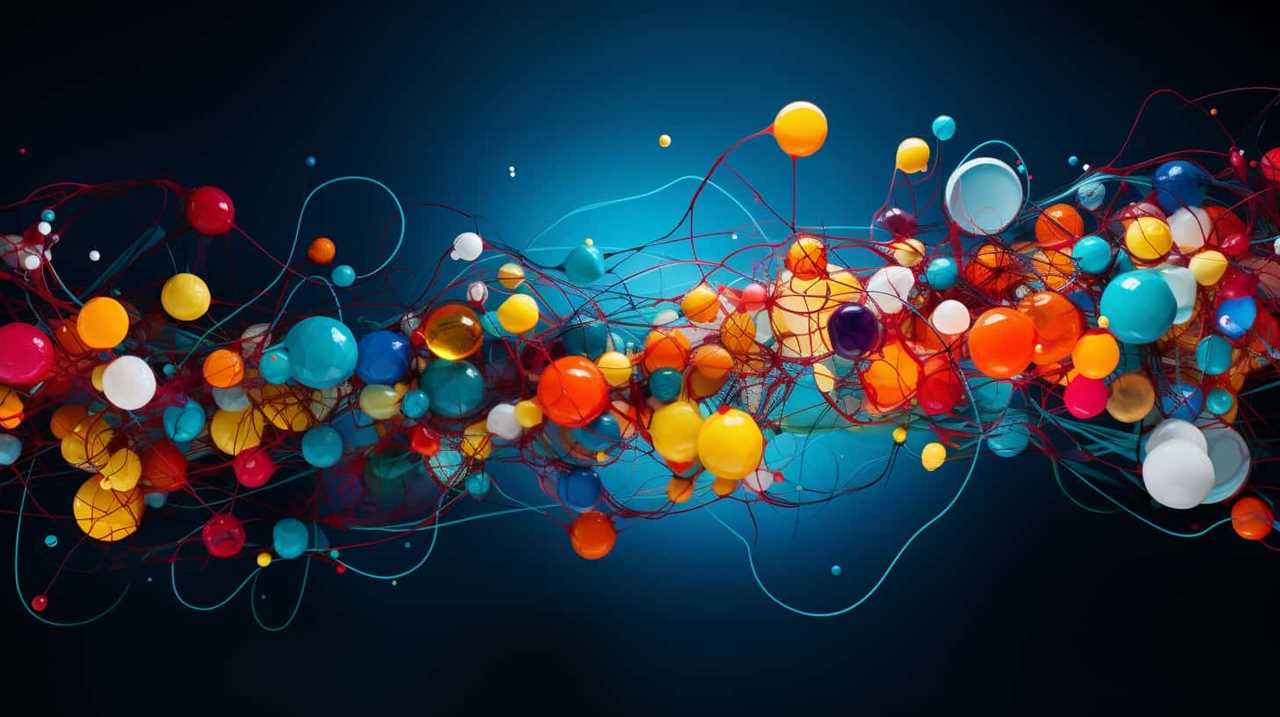
The commercialization of art allows artists to break free from traditional funding models and explore new avenues for creativity. It provides them with financial independence and the opportunity to reach a wider audience.
Moreover, market demand for art drives economic growth and fosters cultural exchange. Through art commercialization, artists can showcase their unique perspectives, traditions, and experiences, creating a rich tapestry of cultural diversity.
This exchange of ideas and narratives not only enriches the art world but also promotes mutual understanding and appreciation among diverse communities. The economic viability of art commercialization thus paves the way for a more inclusive and interconnected global society.
Changing Cultural Landscapes
Galleries embrace art commercialization as a catalyst for transforming cultural landscapes. In today’s interconnected world, art has become a powerful tool for cultural exchange, bridging gaps between different societies and fostering a sense of global community. Through the commercialization of art, galleries play a vital role in facilitating this exchange and driving the changing cultural landscapes.
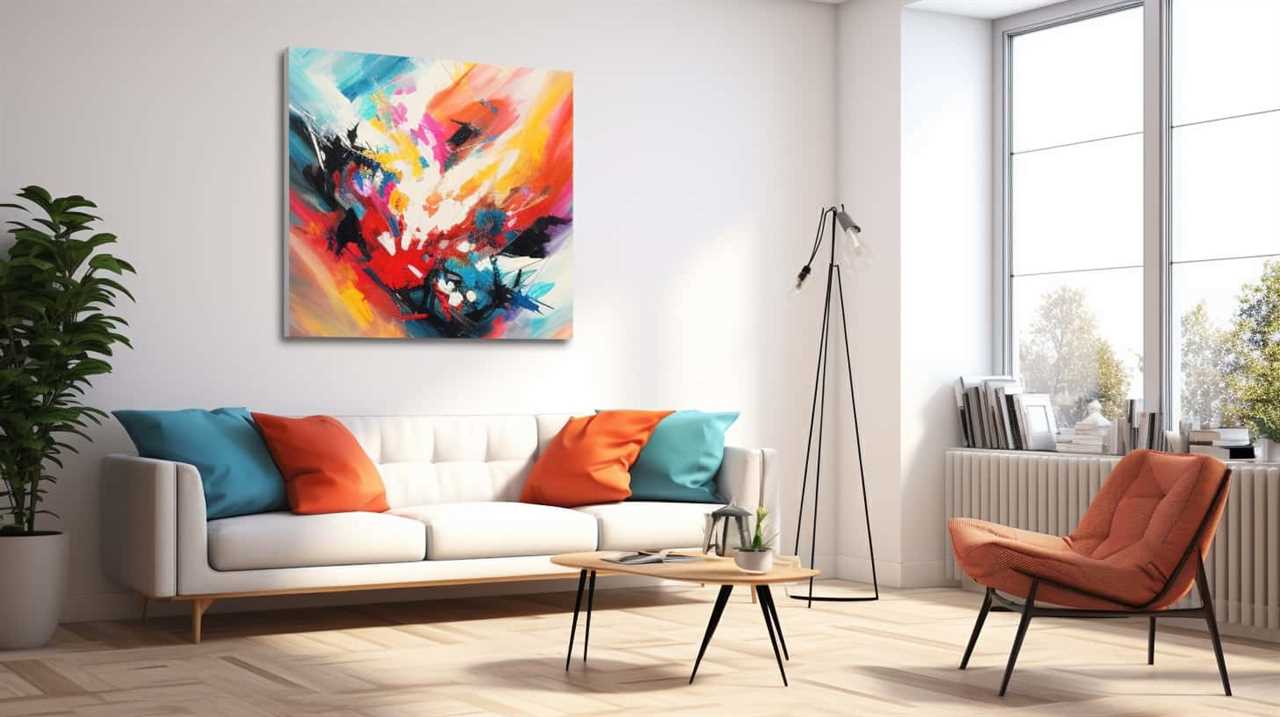
- Art as a medium of cultural expression: Commercialization allows artists to share their cultural heritage and perspectives with a wider audience, promoting understanding and appreciation of diverse cultures.
- Breaking down geographical boundaries: By selling and exhibiting art from different parts of the world, galleries encourage the exploration and appreciation of art beyond one’s own cultural context.
- Encouraging collaboration and dialogue: Art commercialization promotes collaboration between artists from different backgrounds, fostering the exchange of ideas and the creation of new artistic visions.
- Economic empowerment and sustainability: The commercialization of art provides artists with the means to sustain their practice, empowering them to continue contributing to the cultural landscape.
Through art commercialization, galleries serve as catalysts for global artistic exchange, fostering cultural understanding and promoting the evolution of our diverse cultural landscapes.
Exploring the Role of Galleries in Art Commercialization
We frequently engage in exploring the pivotal role galleries play in art commercialization. Galleries serve as intermediaries between artists and collectors, facilitating the sale and promotion of artwork. They act as gatekeepers, curating exhibitions and representing artists to potential buyers. In order to understand the role of galleries in art commercialization, it is important to consider the dynamics within the gallery system and the trends in the art market.
| Gallery Dynamics | Art Market Trends | Role of Galleries |
|---|---|---|
| Curatorial expertise | Globalization of the art market | Facilitating sales |
| Networking and connections | Rising demand for contemporary art | Promoting artists |
| Marketing and promotion | Increasing importance of online platforms | Enhancing artist visibility |
| Exhibition planning and curation | Growing interest in art as an investment | Educating collectors |
| Pricing and valuation | Shift towards art fairs and biennials | Nurturing emerging talent |
Galleries possess curatorial expertise, allowing them to select and exhibit artwork that aligns with their vision and the interests of their clientele. They also have extensive networks and connections within the art world, enabling them to connect artists with collectors and other industry professionals. Additionally, galleries play a crucial role in marketing and promoting artists, helping to enhance their visibility and reputation. They organize exhibitions, plan and curate shows, and handle pricing and valuation of artwork. Furthermore, galleries educate collectors by providing information about artists and their works, fostering a deeper understanding and appreciation of art.
Challenges and Opportunities in Art Commercialization
In navigating the realm of art commercialization, we encounter both challenges and opportunities. Here are some key points to consider:
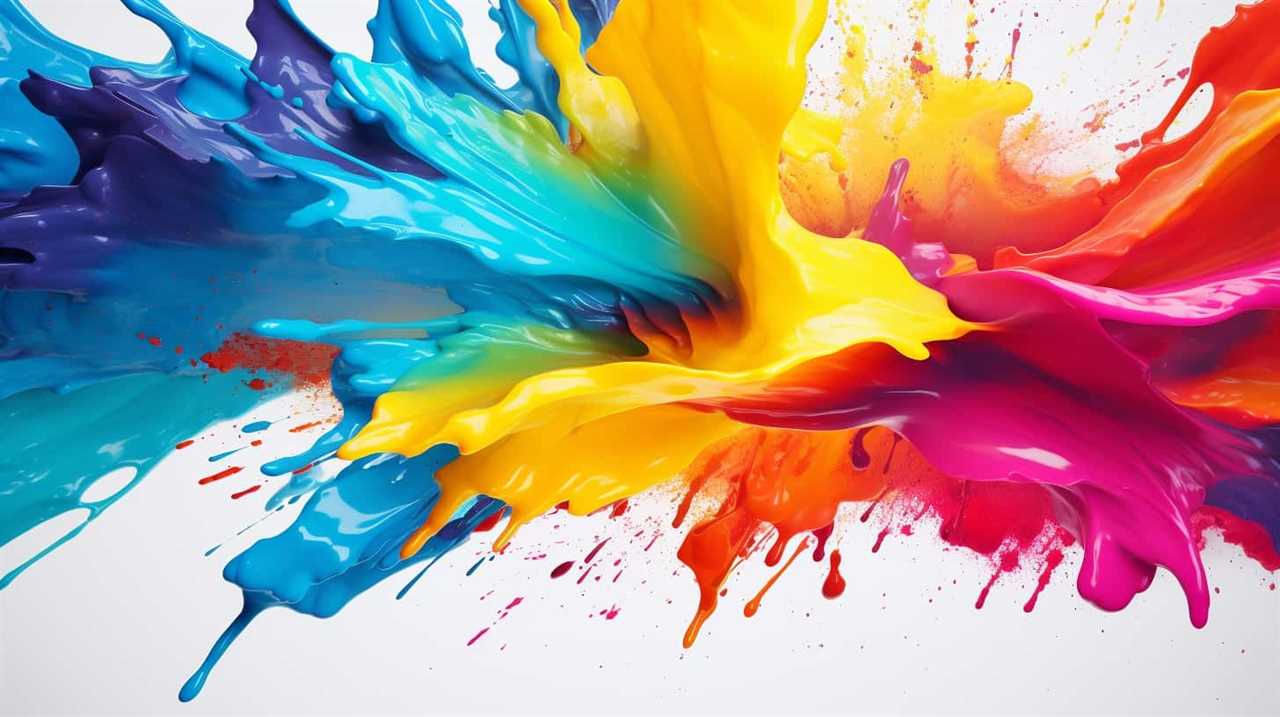
- Challenges:
- Authenticity and integrity: When art becomes commercialized, there’s a risk of compromising the artistic vision and integrity of the artwork.
- Market saturation: With the increasing demand for commercially viable art, the market can become oversaturated, making it difficult for artists to stand out and find their niche.
- Value perception: The commercialization of art can sometimes lead to a perception that art is solely a commodity, undermining its cultural and aesthetic significance.
- Ethical dilemmas: The pursuit of profit in the art world can raise ethical questions, such as the exploitation of artists or the prioritization of market trends over artistic merit.
- Opportunities:
- Increased exposure: Art commercialization can provide artists with broader exposure to a larger audience, potentially increasing their recognition and opportunities for success.
- Financial stability: By embracing art commercialization, artists have the potential to generate a sustainable income and support their artistic practice.
- Collaboration and networking: Commercialization often involves working with galleries, collectors, and other industry professionals, creating opportunities for collaboration and networking.
- Innovation and experimentation: The commercial art market can encourage artists to push boundaries and explore new concepts, materials, and techniques.
In navigating the challenges and opportunities of art commercialization, it’s important for artists and stakeholders to strike a balance between financial success and artistic integrity. By being aware of these challenges and leveraging the opportunities, artists can navigate the commercial art world while maintaining their creative freedom and artistic voice.
Ethical Considerations in Art Commercialization
When discussing the ethical considerations in art commercialization, two key points come to mind: the artist’s economic sustainability and the impacts on artistic integrity.
The economic sustainability of artists is a critical concern, as commercialization can provide them with financial support and recognition. However, there’s a risk that the desire for commercial success may compromise an artist’s artistic integrity, as they may feel pressured to create work that’s marketable rather than authentic.
These ethical considerations highlight the complex relationship between art and commerce, requiring careful navigation by galleries and artists alike.
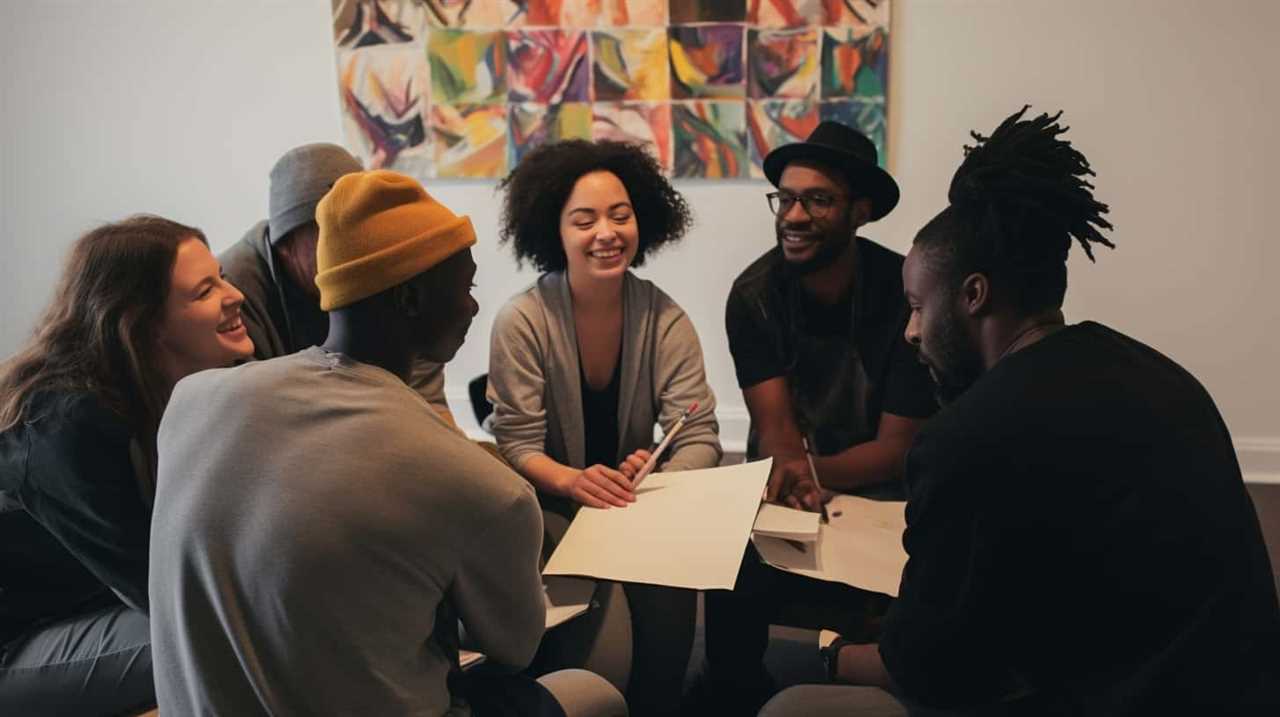
Artist’s Economic Sustainability
During the process of art commercialization, our ethical considerations should prioritize the artist’s economic sustainability. It’s crucial to recognize that artists rely on the sale of their artwork to support themselves financially. By prioritizing the artist’s financial stability, we can ensure that they’re able to continue creating and contributing to the art world.
To achieve this, we need to understand the dynamics of the art market and how they impact artists’ economic sustainability. Here are four key considerations:
- Fair compensation: Artists should receive fair and transparent compensation for their work, taking into account market value and the artist’s experience and reputation.
- Art market accessibility: The art market should be accessible to artists of all backgrounds, ensuring equal opportunities for success.
- Long-term support: Artists should receive ongoing support and representation from galleries, allowing for sustained economic stability.
- Ethical business practices: Galleries should adhere to ethical business practices, including fair contracts, transparent pricing, and responsible marketing.
Impacts on Artistic Integrity
As we delve into the impacts of art commercialization on artistic integrity, it’s crucial to consider the ethical implications that arise from the prioritization of financial gain.
The commodification of art can have a significant impact on the creativity and artistic expression of artists. When art becomes a commodity, artists may feel pressured to create works that appeal to the market rather than staying true to their artistic vision. This can lead to a decline in originality and artistic authenticity.
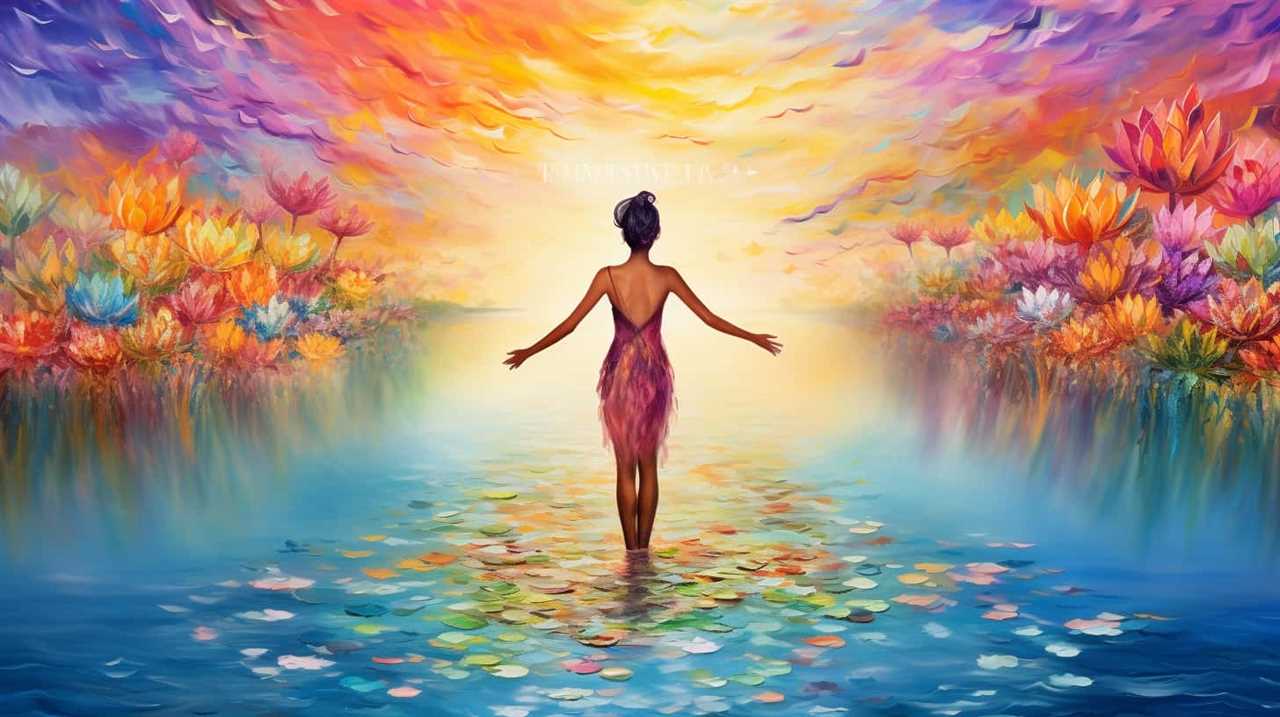
Additionally, the commercialization of art poses challenges to the art community as a whole. It can create a competitive environment where artists are pitted against each other, and the focus on profit can overshadow the appreciation and support for artists’ unique perspectives.
Balancing the need for economic sustainability with preserving artistic integrity is a complex task that requires careful consideration of ethical principles.
Frequently Asked Questions
How Does Art Commercialization Impact the Value of Artwork?
Art commercialization can significantly impact the value of artwork. It can both enhance and diminish the worth of a piece, depending on factors such as artist reputation, market demand, and the gallery’s influence on the art market.
What Are the Potential Negative Effects of Art Commercialization on Artists?
Negative consequences of art commercialization on artists include exploitation and diminished artistic integrity. When galleries prioritize profit over artistic expression, artists may feel pressured to create marketable work, compromising their creative vision and authenticity.
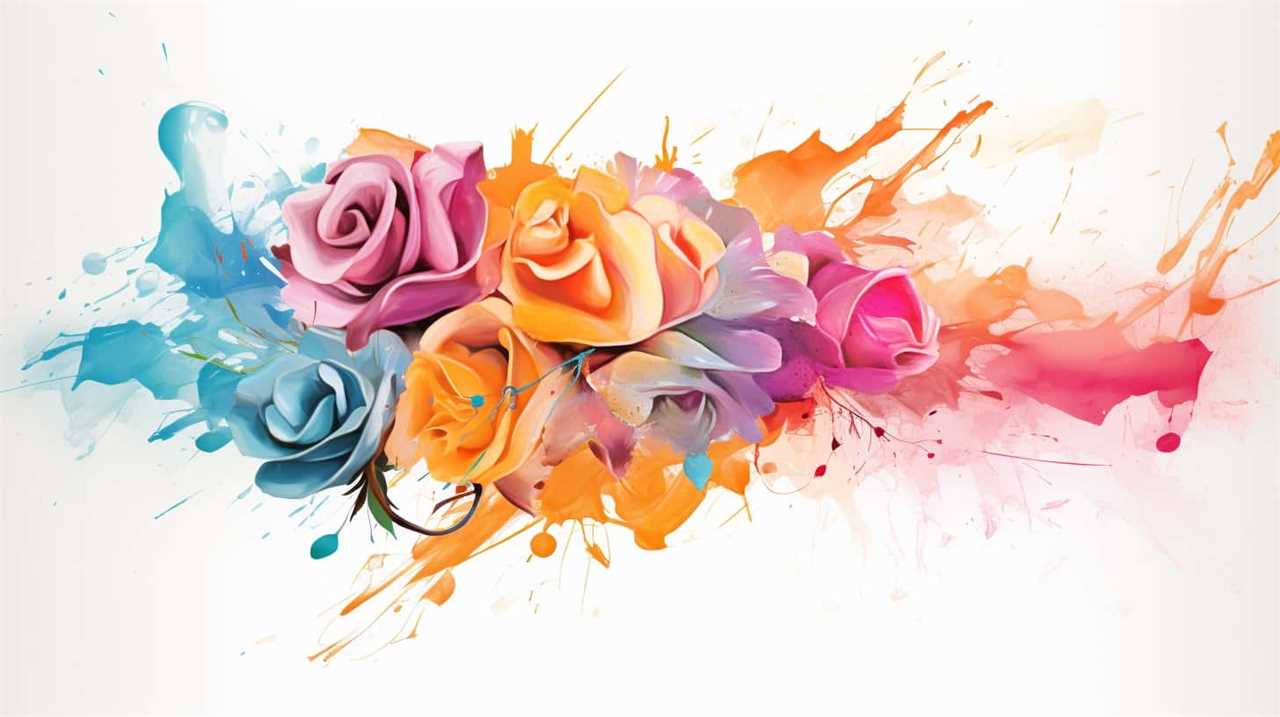
How Do Galleries Choose Which Artists to Commercialize?
Galleries select artists to commercialize based on criteria such as artistic merit, market demand, and potential profitability. They employ various marketing strategies to promote and sell the artists’ work, aiming to maximize sales and establish their own reputation in the art market.
Are There Any Legal Regulations or Guidelines in Place for Art Commercialization?
Art commercialization is a complex process. While there may be some legal regulations and guidelines in place, such as copyright laws and ethical standards, their enforcement and effectiveness vary.
How Does Art Commercialization Affect the Accessibility of Art for the General Public?
Art commercialization in the art market can have both positive and negative effects on the accessibility of art for the general public. It can increase exclusivity, making art less accessible, but it can also provide opportunities for wider exposure and engagement with art.
Conclusion
In conclusion, art commercialization has become an integral part of the gallery world, serving as a means for artists to gain recognition and financial success. However, it also raises questions about the balance between artistic integrity and commercial viability.
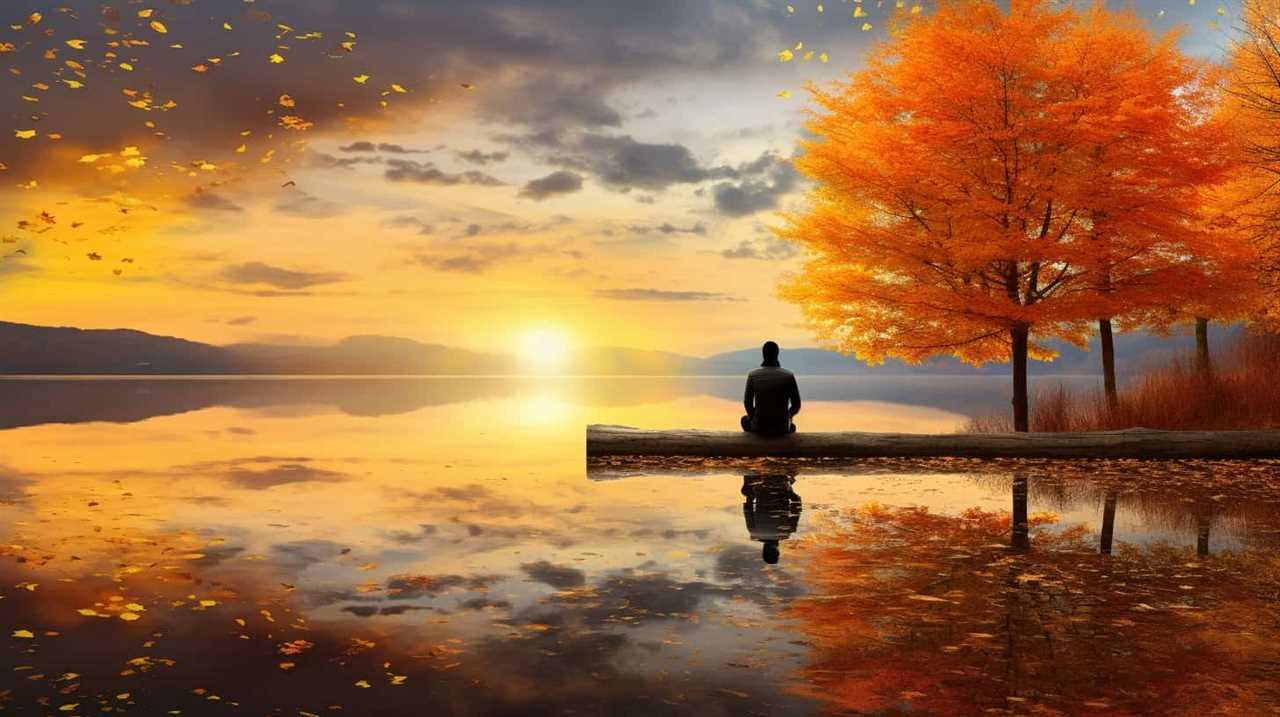
Despite these challenges, galleries continue to embrace commercialization as a tool for cultural exchange, connecting artists with a global audience. One fascinating statistic to note is that the global art market reached a total value of $64.1 billion in 2019, highlighting the significant economic impact of art commercialization.
Lauren’s talent in writing is matched by her passion for storytelling. Her love for books and deep understanding of culture and entertainment add a distinct flavor to her work. As our media and press contact, Lauren skillfully bridges the gap between afterQuotes and the broader media landscape, bringing our message to a wider audience.
